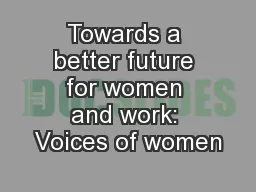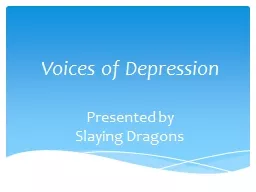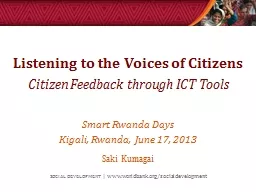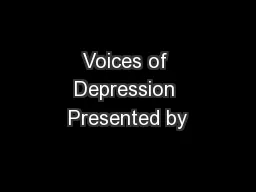PPT-Towards a better future for women and work: Voices of women
Author : trish-goza | Published Date : 2017-11-14
womensday IWD2017 ILOGallupWomen Gallup World Poll Data gathered in 142 countries and territories We collected data from nearly
Presentation Embed Code
Download Presentation
Download Presentation The PPT/PDF document "Towards a better future for women and wo..." is the property of its rightful owner. Permission is granted to download and print the materials on this website for personal, non-commercial use only, and to display it on your personal computer provided you do not modify the materials and that you retain all copyright notices contained in the materials. By downloading content from our website, you accept the terms of this agreement.
Towards a better future for women and work: Voices of women: Transcript
Download Rules Of Document
"Towards a better future for women and work: Voices of women"The content belongs to its owner. You may download and print it for personal use, without modification, and keep all copyright notices. By downloading, you agree to these terms.
Related Documents














